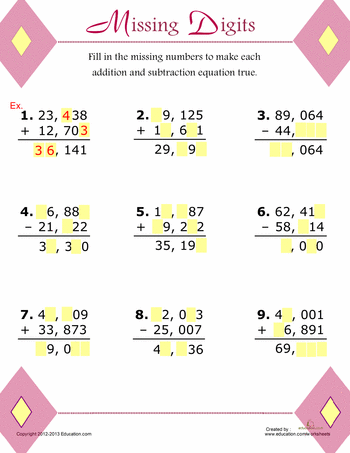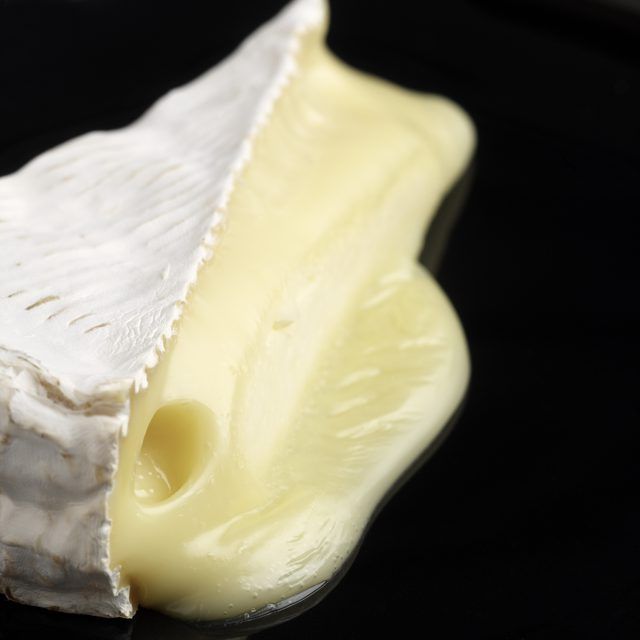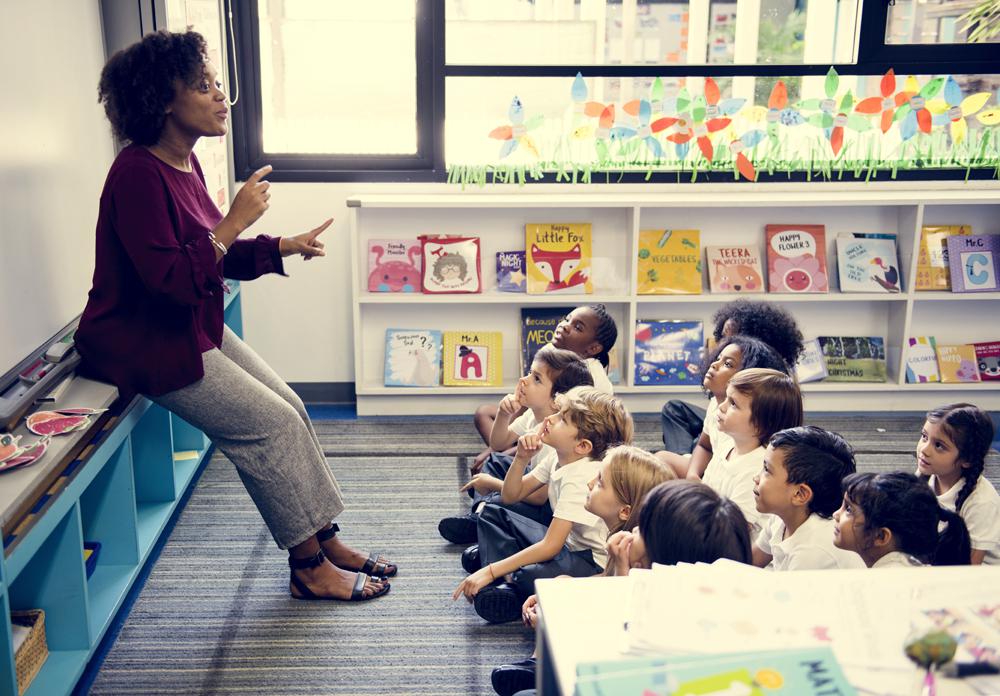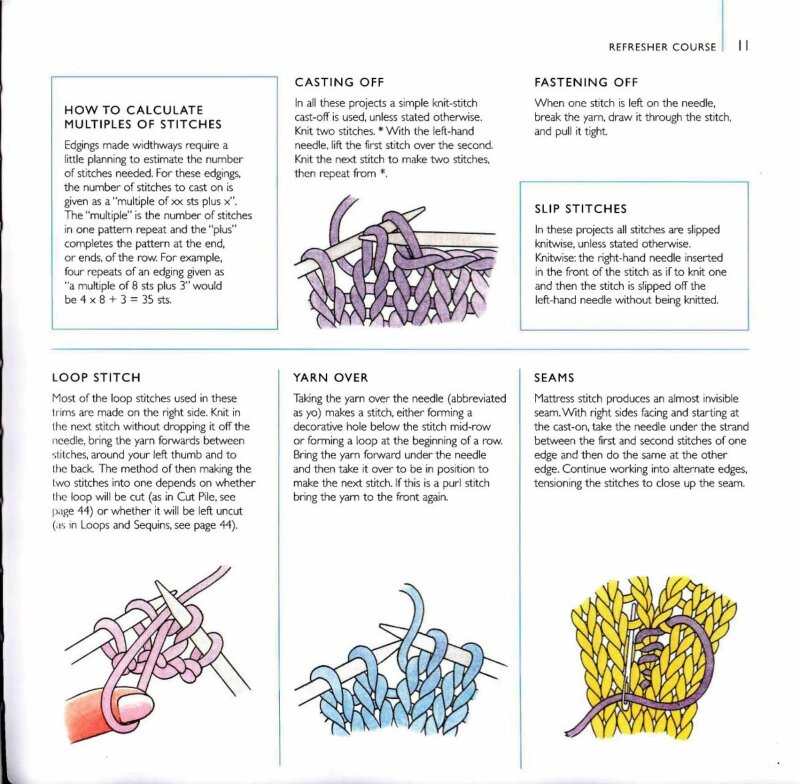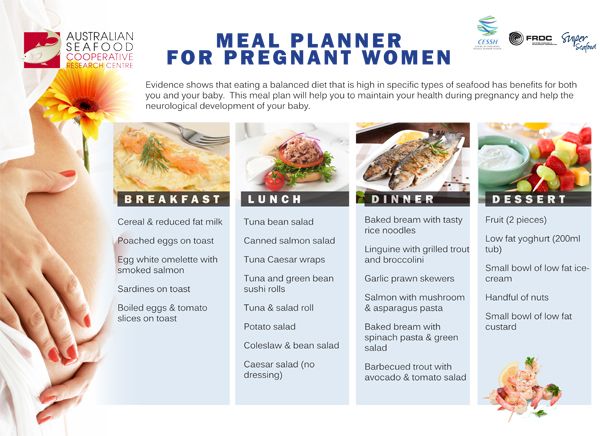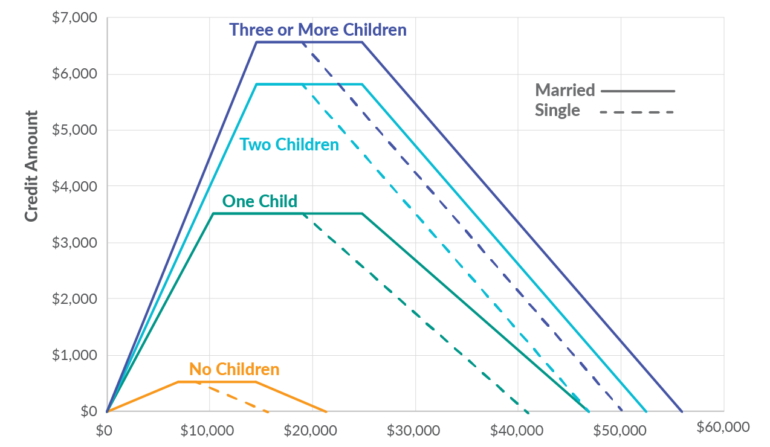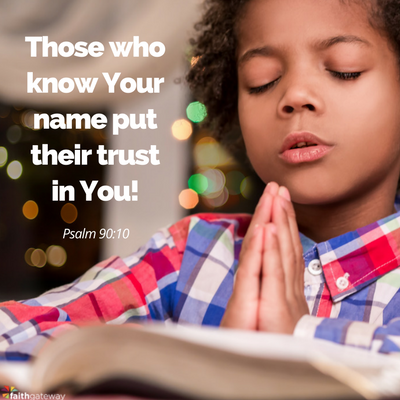How to teach your child addition and subtraction
6 Tips on How to Teach Addition and Subtraction in Kindergarten
Teaching addition and subtraction is a huge part of the kindergarten curriculum now. Long gone are the days when five-year olds only had to count to 20 and know their numbers from 1-10. It has all changed. So, we kindergarten teachers are left with the task of teaching addition and subtraction to our students. I know, Tough Stuff, but it can be done.
Here are six tips on how to teach addition and subtraction in kindergarten.
Develop number sense.Research has shown us that students who lack a strong understanding of what numbers represent and how they relate to other numbers and the world will suffer with even the basic arithmetic problems.
With this in mind, the first few months of the school year should be dedicated to helping students form relationships with numbers. Counting everything and anything should be a daily activity. I always loved the book, How Children Learn Number Concepts, by Kathy Richardson. It gives great activities and really works.
Kids should have a solid grasp what a number is and what it represents before beginning the process of addition and subtraction. This book is very helpful in informing teachers on how to teach addition and subtraction.
Teach addition first concretely.Often, teachers disagree on whether or not addition and subtraction should be taught together since they are related topics.
My feeling based on my many years of teaching young students is it is too confusing to teach both concepts together. They will add when they are supposed to subtract.
When beginning a math lesson, I like to sit the kids in a half circle, so they all are looking at me and can turn and engage in partner work. I set up my math block like this:
- Introduction
- Manipulative and partner work
- Independent Practice
- Math Centers and Games
To begin teaching addition, I like to give the students individual bags of unifix cubes or double sided counters.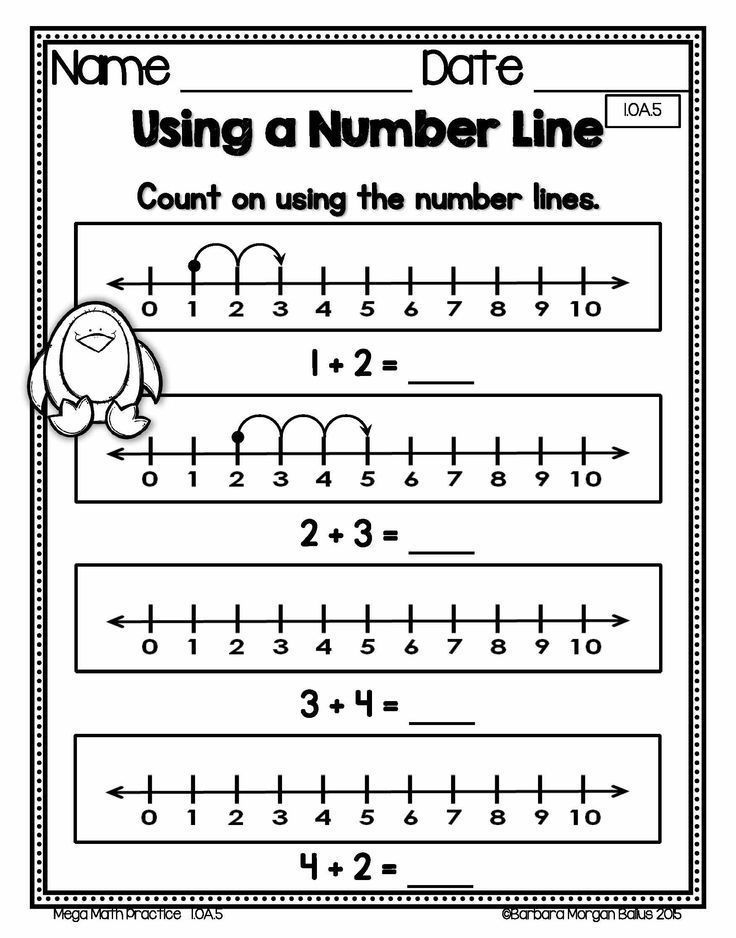 Also, a sorting page with two different sides is helpful.
Also, a sorting page with two different sides is helpful.
With the two sided counters, I use lemons and apples as my examples at first.
I have two lemons. (one side of the sorting sheet)
I have two apples. (other side of the sorting sheet)
How many do I have in all? (Put them together in front of them.)
Use the correct vocabulary. I like to say 2 plus 2 equals the sum of 4.
Using dot cards is also a great strategy. You can bend a card with 6 dots into 4 and 2 or 3 and 3. Show one side first and ask, “ How many?” Show the other side and ask. “Now, how many?”
Use games and fun activitiesKids learn the most when the material is hands-on. Another plus is when the material is engaging. I love to use the hiding game with addition and subtraction.
I give each set of partners a number of cubes. 5 is a perfect number. One partner breaks them apart and hides some. The other has to guess how many. After they discover the correct amount, they say together: Because 2 plus 3 equals the sum of 5.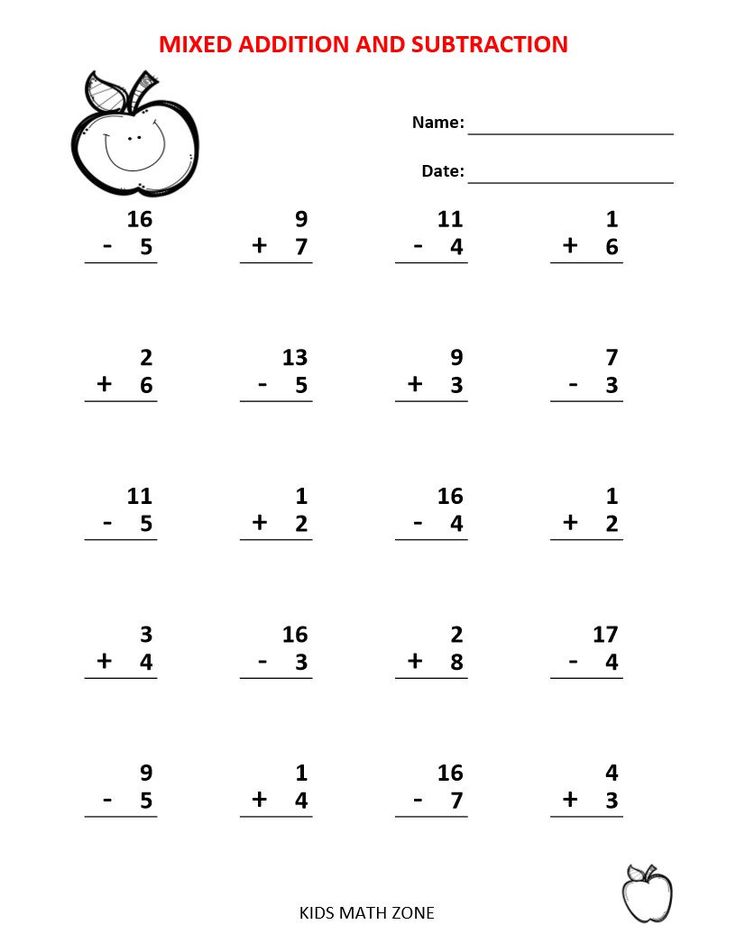
Using a variety of manipulatives is important if you have access to them. Click here for a fun math game for your kids to play.
Introduce addition abstractly.After I know my students understand the concept of putting two sets of objects together, I introduce the addition and equals sign to them. Because they have had numerous concrete experiences, transferring knowledge will be so much easier.
So, this is the time when I have them do paper and pencil work.
I start out having them draw pictures to show 4 plus 1 equals 5 etc. We then move up to writing number sentences for objects that are already pictured.
The last type of independent work I have my students do is a worksheet with just the problems written.
Use lots of concrete practice with subtraction.Subtraction is tough. Students at this age confuse addition and subtraction if they do not have a strong base.
After teaching addition for at least three weeks, I begin subtraction.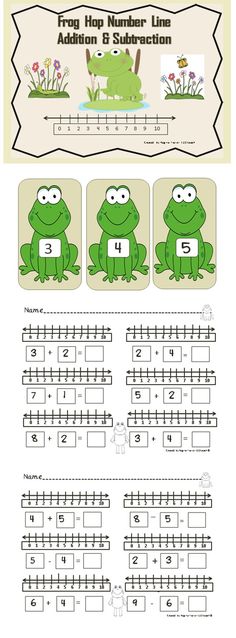
The same process is used. I introduce story problems and vocabulary.
Students need to know that you are ending with a smaller number. The question, “What is left?” should be continuously emphasized.
When making the transition to the abstract, I like to use the math worksheets or printables where students
actually cross out the pictures. This gives them a greater understanding that they are taking away.
Other Ideas
- Eat goldfish crackers or candy to really motivate students.
- Have students chop the amount of cubes they are taking away.
- Use different manipulatives such as teddy bears to act out bears going away.
- A felt board is great for demonstrating story problems.
When I learned how to teach addition and subtraction to kindergarten students, I knew that five year olds need a lot of practice to master a skill. It is just not a week of practice, and they are then experts.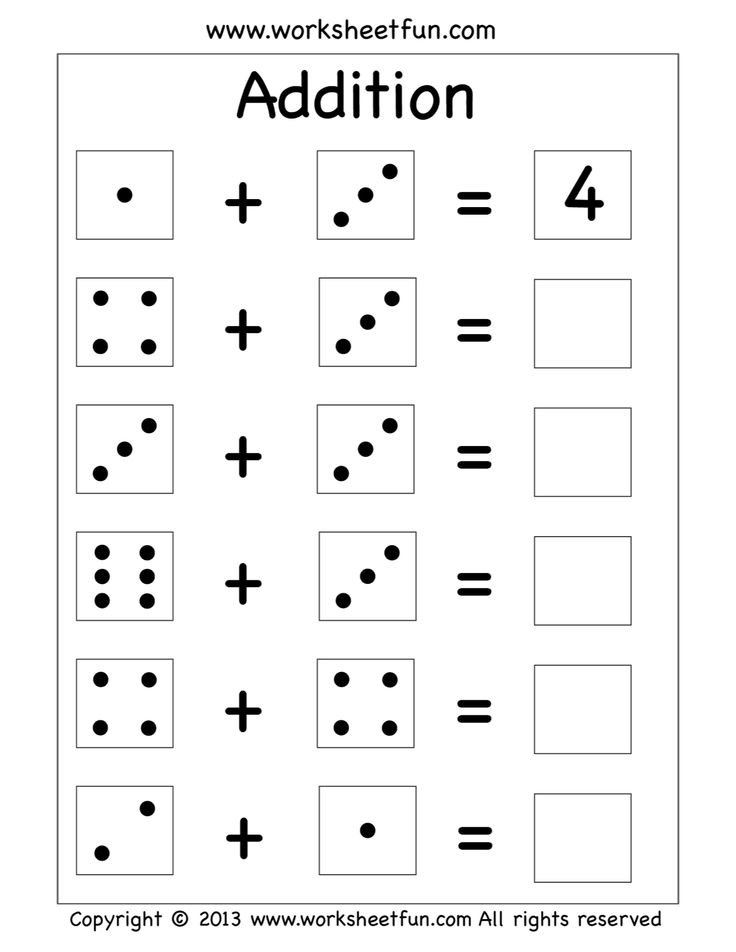
To the contrary, these skills need to be repeated and reinforced with plenty of activities and hands-on lessons.
Reinforcing these math strategies during calendar time and at other times when you have an extra minute is very valuable.
Kindergarten students benefit when they know that they will use these skills in their everyday lives. Making information transfer is what teaching is all about. So, let’s make these concepts meaningful and relevant.
Relevant content: Teaching Syllables in Kindergarten
Free math worksheets: Click now!
Click here to find out more on the subject of how digital tools can help with mathematical understanding.
Disclosure: Affiliate links are used in this post. The website may benefit from items purchased by clicking the links. This helps to keep the website active.
How to Teach Addition & Subtraction to Preschoolers [Easy Way]
Teaching addition and subtraction to preschoolers can be quite a task.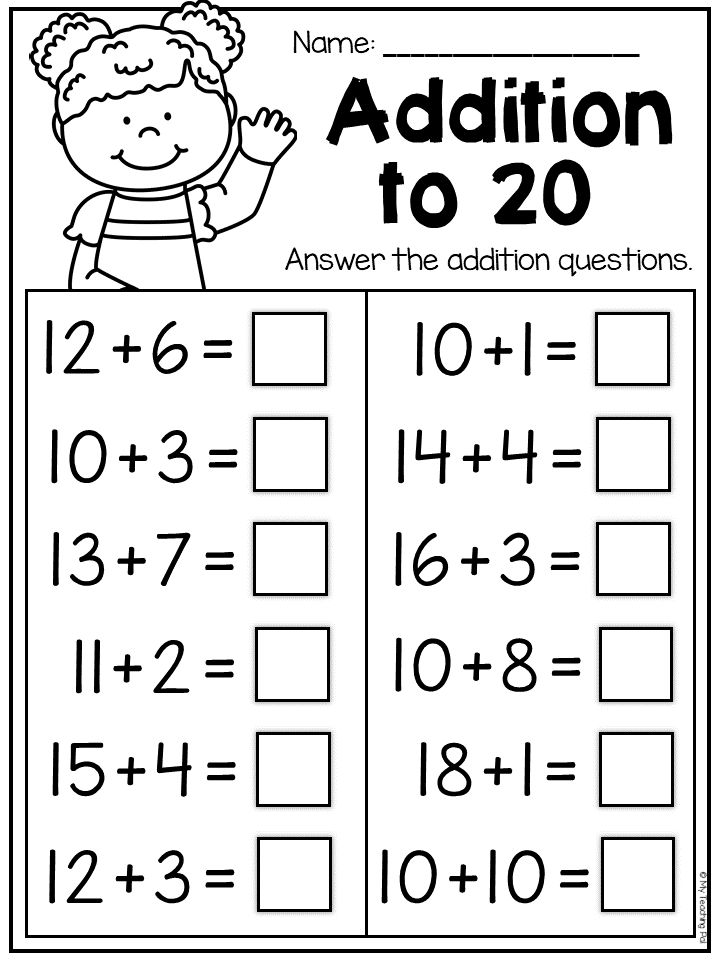 But what if I told you it can be fun, exciting, and easy at the same time?
But what if I told you it can be fun, exciting, and easy at the same time?
Preschoolers can be taught addition and subtraction using countable manipulative objects. Choose activities that include adding and taking away objects to and from a chosen set of objects. Use visually stimulating objects and try to make the concepts as concrete as possible.
Although addition and subtraction can seem too much for preschoolers, exposure to such concepts early in their life can help them massively in the long run. Read on to find out the different activities that can be used to clearly convey the concept of addition and subtraction to preschoolers.
Can 4- and 5-Year-Olds Add and Subtract?Children as young as 4 years old can count up to at least 20 and add by counting fingers on the hand.
Although subtraction may seem a little difficult to teach at first, 4 and 5 years olds can be introduced to the concept using simple activities.
Remember that the activities used to teach addition and subtraction for 4 and 5 year olds should be as concrete as possible.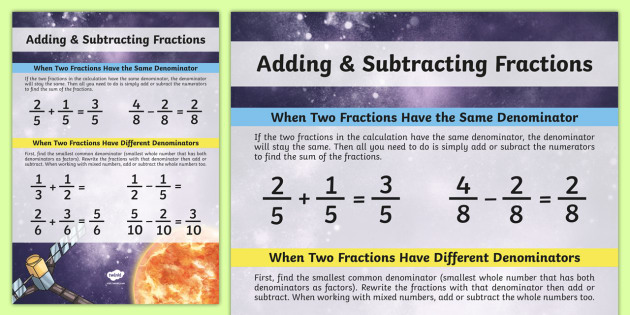 Start with physical objects and flashcards instead of mental math. While the concepts may seem hard for the kids at first, they will gradually learn as the concept is taught in different ways.
Start with physical objects and flashcards instead of mental math. While the concepts may seem hard for the kids at first, they will gradually learn as the concept is taught in different ways.
Learning should also be fun and games, and kids love to draw. They will love this easy, step-by-step drawing tutorial about learning math.
What Age Should Addition and Subtraction be Introduced?Addition and subtraction can be introduced as soon as the children have a good understanding of numbers and counting, according to the different studies on the numerical development of 5-year olds and 6-year olds. While the child should not be bombarded with these concepts, it is perfectly fine to begin with math skills such as addition and subtraction.
Remember to move at the pace of the child and see if the child’s knowledge of numbers and counting is strong. Once you determine the child’s baseline, you can plan lessons accordingly.
How Do You Explain Addition to a Preschooler?The concept of addition can be explained to a preschooler by visualising it as adding or bringing together two or more quantities to make a new total.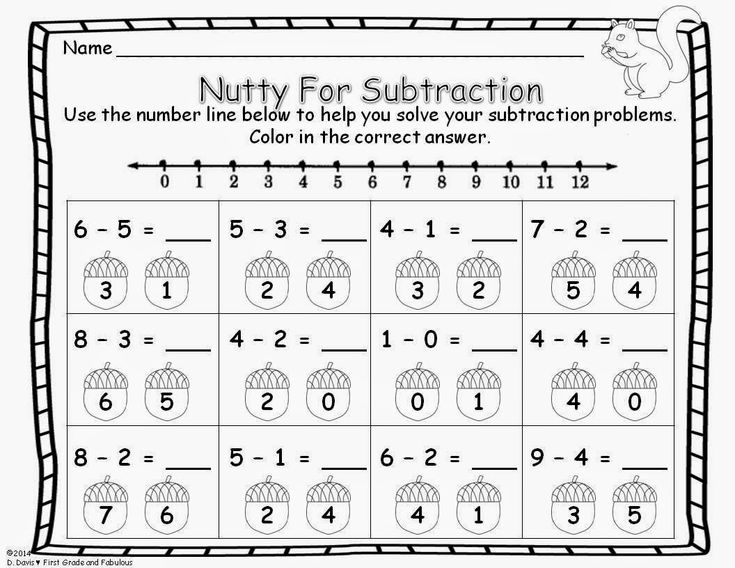 Start with the basics of addition, such as its sign (+) and that it is one of the four arithmetic operations.
Start with the basics of addition, such as its sign (+) and that it is one of the four arithmetic operations.
The best way a preschooler can get started with addition is by using physical objects. This will help make the addition as concrete as possible. The child will also be visually stimulated while using physical objects.
Count the objects together and add one or two to the existing pile. Teach your kid mental math by making him or her repeat the math facts after you.
Keep scrolling if you’re looking for fun and exciting activities to teach the concept of addition to preschoolers.
What Are Some Good Addition Activities for Preschoolers?Some good addition activities for preschoolers are the addition catch game, addition card game, introducing picture books, and using physical objects, flashcards, and abacus.
You can also add a bit of twist to the following activities using your creativity! Keep in mind that the goal is to make learning informative, fun, and exciting for the kids. Read on to delve deep into each activity.
Read on to delve deep into each activity.
To play the Addition Catch game, you will need a large ball divided into colored sections. Write simple addition problems without the answer on each section of the ball. The activity is simple. Play catch and throw with your child. Whoever catches the ball has to solve the questions that are written closest to the hands.
It is an excellent activity to teach addition to preschoolers and works best when played in classrooms.
Addition Card GameHere is another activity to teach the concept of addition to preschoolers. To play the Addition Card Game, you only need a deck of cards. Each player should take two cards, add the numbers on the two cards, and give the correct answer. He or she gets to keep the cards only if the answer is right. The player with the most number of cards at the end wins the game.
This is a simple but fun activity. And if there are more than 2 players, the Addition card game will be even more exciting!
Use Physical Objects and FlashcardsPreschoolers can only understand concrete concepts, especially when it comes to math skills. That is why using physical objects and flashcards is one of the best concrete activities out there to teach addition and subtraction.
That is why using physical objects and flashcards is one of the best concrete activities out there to teach addition and subtraction.
For this activity, you will need physical objects and flashcards. Use flashcards with numbers 1-10 written on them. Physical objects can be building blocks, sticks, or anything that is easy to hold and can be manipulated. Note that you’ll need a number of the same object. Avoid using objects of different shapes and colors together as this can confuse children. Also, be careful not to choose sharp objects for the activity.
Here is how you can teach addition using physical objects and flashcards:
Step 1: Present a flashcard with any number between 1 and 10 written on it.
Make the child read out the number written on the flashcard. Now ask the child to count out the objects to match the number on the flashcard. Those objects should be kept together in a pile.
For example, if the flashcard shows number 5, the child has to take 5 objects and keep them together in a pile.
Step 2: Now have your child take another flashcard and look at the number written on it. Discuss the number of objects to be added to the existing pile of objects in order to match the number on the flashcard.
For example, if the second flashcard showed 8, the child has to add three more objects to the existing pile (that consists of 5 objects) to match the number shown on the flashcard, which is 8.
Step 3: Subtraction can also be taught using this activity. For example, if the number on the second flashcard is 3, the child has to remove two objects from the existing pile of 5, to match the number on the flashcard, which is 3.
Once the child gets a hang of the activity, repeat it using different flashcards. Practice it at least once a day and increase the level of difficulty as the little ones get better with simple numbers. You can also introduce new objects so that they don’t get bored.
Use Picture BooksPicture books work best for visual learners.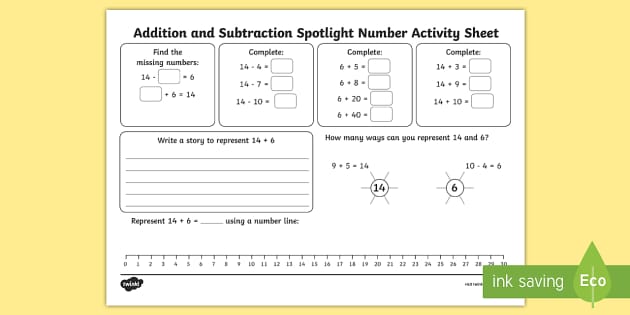 To teach addition using picture books, simply choose a book made for your child’s group; most math books will be labeled by grade level.
To teach addition using picture books, simply choose a book made for your child’s group; most math books will be labeled by grade level.
Sit down with your child and flip through the book together. Show your child if you notice something interesting and appreciate your child if he or she shows an interest in anything in the book. Note that books with bold visuals work best for children as it will be easier to catch their attention.
If your child likes stories, choose books that incorporate math activities inside short stories. Encourage them to repeat after you or try reading the numbers aloud. Make your child count the number of objects in the book and answer questions about addition. Do not forget to reinforce correct responses!
Use an AbacusAbacus is a simple counting tool with rods along which beads are slid. An abacus with brightly colored and large beads will be best for kids as it will be visually stimulating and easy to manipulate.
To teach addition using abacus, push all the beads to one side and place the abacus in front of your child.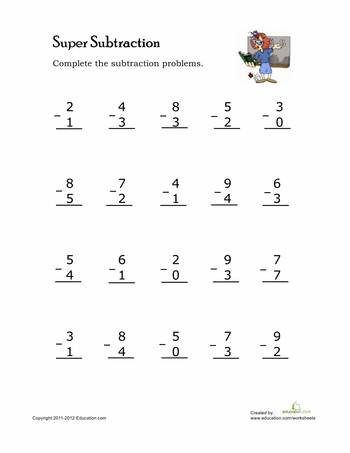 The beads are divided into rows of ten, so start with moving one bead on the top row. Say “1” aloud as you move your bead. Similarly, have your child move a bead on the bottom row and make him say “1” aloud.
The beads are divided into rows of ten, so start with moving one bead on the top row. Say “1” aloud as you move your bead. Similarly, have your child move a bead on the bottom row and make him say “1” aloud.
Now add another bead to the first one on the top row and tell your child that 1+1 = 2. Ask him to add one bead to the first on the bottom row and encourage him to say 1+1 = 2. Continue the activity till you move 10 beads.
You can also teach subtraction using the abacus. From a group of beads on one side, move one to the other side and make your child count the number of beads left. For instance, keep 3 beads together on one side and move one bead to the opposite side. Tell your child that 3-1 = 2 and show the two beads that are left on one side.
Is Subtraction Harder To Teach To Preschoolers Than Addition?Subtraction is harder to teach to preschoolers than addition. This is because subtraction is more abstract than addition as the order is relevant in subtraction. On the other hand, you just need to add numbers together in addition, making it more concrete and easier to understand than subtraction.
On the other hand, you just need to add numbers together in addition, making it more concrete and easier to understand than subtraction.
But this does not mean preschoolers should not be taught subtraction. The concept of addition and subtraction can be introduced as soon as the children acquire a good understanding of numbers and counting as the two concepts are crucial for learning the rest of elementary arithmetic.
What Is The Easiest Way To Teach A Child Subtraction?The easiest way to teach a child subtraction is to introduce basic concepts that would lay the groundwork for quick learning of subtraction, such as understanding that subtraction means taking away something and that it is the opposite of addition.
Subtraction also works best while using hands-on materials. Physical objects would always help make concepts concrete, making it easier for kids to understand.
In addition to explaining what subtraction is, you can try out different fun and interesting subtraction activities given below to teach subtraction to preschoolers.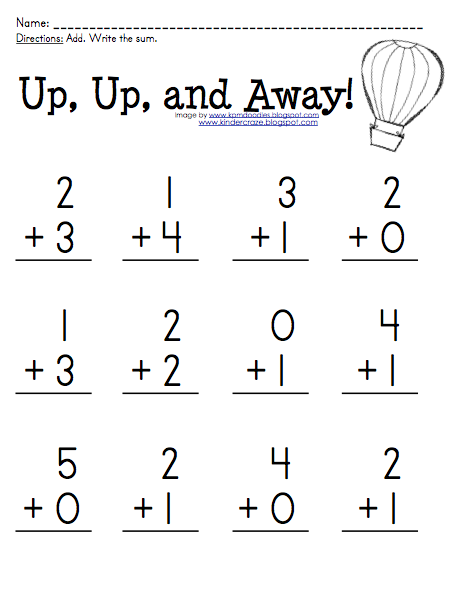
Subtraction activities can be taught by making the child visualise the concept. The best way to do this is to use physical objects and hands-on materials. Here are some interesting activities that can be used to teach subtraction to preschoolers:
Bowling GameSet up ten bowling pins and give the child a ball to knock them over. After the first try, count the number of bowling that are left standing. Have your child calculate the number of pins that he knocked over with the ball. Reinforce by giving an extra trial for every correct answer.
Subtraction Card GamePlayed using a deck of cards, the subtraction card game involves the players taking two cards and subtracting the two numbers on the cards chosen. The player gets to keep the card if the answer is correct. The player with the most number of cards at the end wins the game.
This is a fun and exciting activity and would work best if there are a lot of players!
Use AbacusAbacus can not only help teach addition, it can also make the concept of subtraction concrete.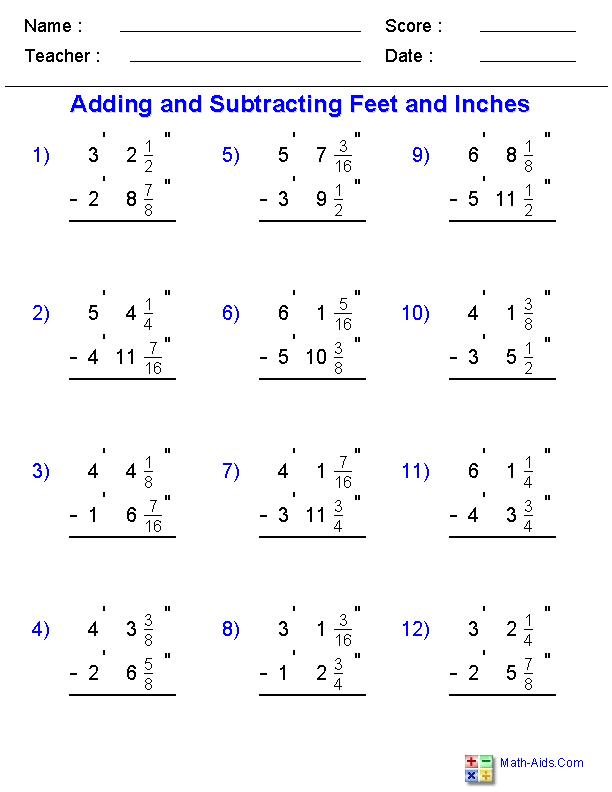 Begin with the activity by moving a group of beads (between 2 and 10) to one side. Make the child count the number of beads on one side and tell him to move one or two beads from the group of beads to the opposite side. Now have your child count the number of beads left on that side.
Begin with the activity by moving a group of beads (between 2 and 10) to one side. Make the child count the number of beads on one side and tell him to move one or two beads from the group of beads to the opposite side. Now have your child count the number of beads left on that side.
The best way to teach addition and subtraction is by making the two concepts as concrete as possible. Preschoolers will not be able to comprehend abstract concepts, so plan lessons that include hands-on materials, physical objects, and things that can visually stimulate the child.
How do I teach my child to add without using fingers?While finger counting is just a visual starter, you can teach children to add without using fingers by using physical objects and flashcards. When there is no hands-on material, children tend to use their fingers to get visual cues in order to perform addition correctly.
Regrouping in addition can be explained by introducing worksheets and highlighting the grouped numbers, or by using blocks into two columns of tens and ones. You can explain the concept of regrouping to preschoolers if they are familiar with terms like tens and ones.
How to teach a child to count: a quick and easy way to learn mental counting up to 10, 20 and 100
Counting is one of the basic skills that is desirable to master before the child goes to school. No one will demand that a first grader solve complex examples - but learning to count the number of objects and knowing the basics of addition and subtraction before school will be useful. The child will not have difficulty understanding the teacher's requests - for example, "take two pencils" - and the first grader will not feel less smart than peers who have already learned to count.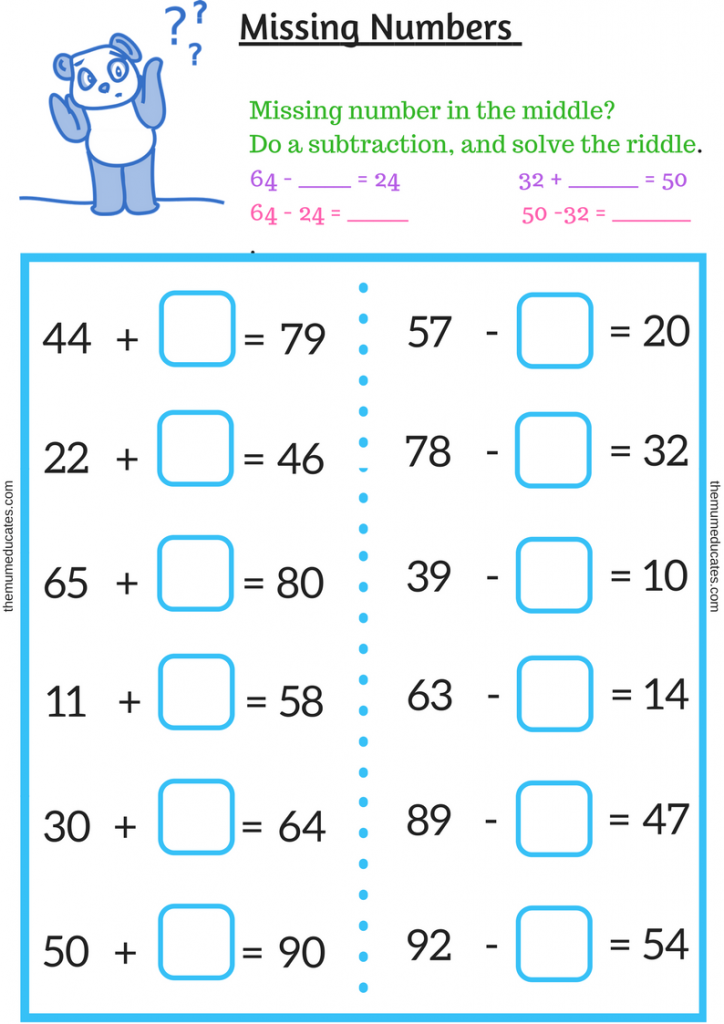
Sending your child to school, take care not only of his intellectual preparation. After all, at school, the kid will face a whole new world. Some children have a hard time adjusting. Make sure that your child is not offended by peers or teachers, that he has no problems and is safe with the help of the Find My Kids app!
There are many ways to teach a child to count: according to the methods developed by professional teachers, in a playful way, with the connection of rhymes and thematic videos. Whichever way you choose, learning to count can be considered the first step to learning mathematics. A good knowledge of mathematics is a guarantee not only of positive assessments, but also excellent memory and attention, developed logical thinking, and the ability to calculate the right solution in any situation.
Prostock-studio/Shutterstock.com
Content:
- Getting Started with Numbers: When and Where to Start
- How to teach a child to count to 10
- How to teach a child to count to 20
- How to teach a child to count to 100
- Addition and Subtraction: Effective Ways to Learn
- Methods for teaching counting, created by famous teachers
- Easy Learning to Count: Tips for Parents
The first acquaintance with numbers: when and where to start
You can start introducing your baby to numbers at the age of 1.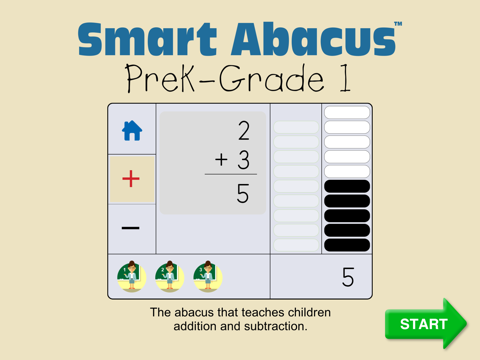 5-2 years. But it is too early to expect significant mathematical success from a small child, although children quickly understand the difference between the concepts of “one” and “many” even at an early age.
5-2 years. But it is too early to expect significant mathematical success from a small child, although children quickly understand the difference between the concepts of “one” and “many” even at an early age.
Briefly about the stages of teaching a child to count - in the table:
Prostock-studio/Shutterstock.com
Trying to teach a child to count too early is not worth it because of the differences between children's thinking and adults. There is such a thing as the Piagetian phenomena, proven by the French psychologist Jean Piaget.
The psychologist proved that children under six years of age cannot treat counting abstractly, considering a mathematical operation to be correct only in the present tense and precisely with those objects that an adult shows. For example, a toddler under six years old will be convinced that if you take apples to another room, or replace apples with pears, then the number of items will change.
It is best to teach children to count in 4 stages:
- At 2-3 years old, it is enough to teach a child to understand the difference between "little" and "a lot".
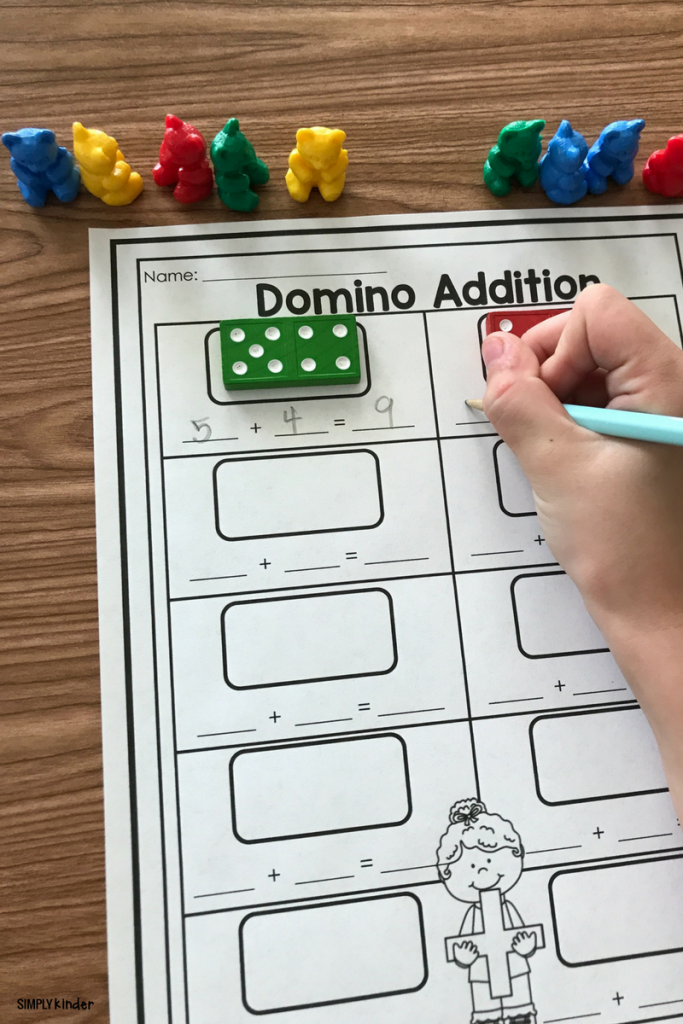
- At 4-5 years old, it's time to learn to count within 10 concrete, not abstract, objects: sweets in a vase, plates on the table, books on the shelf.
- At the age of 5-6, a child can be taught to count up to 10 and up to 20, and show how numbers look and are written. At the same age, the baby is already able to understand the terms “more-less”, adding the right amount to the objects or, conversely, removing the excess in order to achieve equality (for example, laying out toys in equal piles).
- By the age of 6-7, the child is ready to learn to count up to 100, and to add and subtract numbers up to 10.
How to teach counting to 10
Prostock-studio/Shutterstock.com
You can teach your child to count to 10 before the age of five, or, if necessary, at an older age. The main conditions for successful learning to count up to 10 are a good vocabulary of the child and his interest in numbers.
How to teach a child to count to 10:
- focus on the numbers that you already use in everyday situations, for example: “Now you are four years old, and soon you will be five years old”, “It's time to get up, it's already seven o'clock”;
- show images with different number of objects within 10: illustrations in books, cubes, own drawings;
- to quickly remember the sequence of counting up to 10 will help educational videos and cartoons on the relevant topic;
- connect the elements of mental arithmetic: teach your child to use abacus - often children quickly master counting within 10, studying with abacus abacus, or even with classic wooden abacus;
- use an element of the Montessori method: the famous teacher successfully taught children aged 3-6 to count, regardless of their initial abilities, using the most visual practical material - money (Maria Montessori considered the exchange of money exercises to be the most effective lesson for understanding the account).
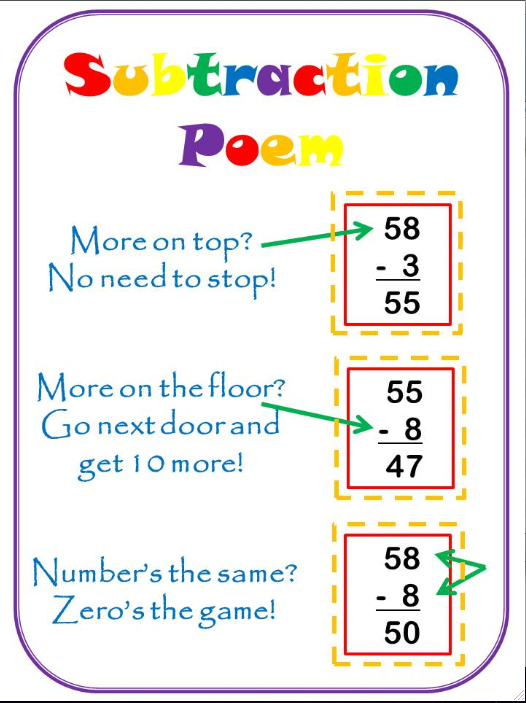
Sending your child to school, take care not only of his intellectual preparation. After all, at school, the kid will face a whole new world. Some children have a hard time adjusting. Make sure that your child is not offended by peers or teachers, that he has no problems and is safe with the help of the Find My Kids app!
How to teach counting to 20
Prostock-studio/Shutterstock.com
You can teach your child to count to 20 when he can confidently count to 10. To quickly and easily master counting to 20, proceed in the following sequence:
- Tell your child what zero is (if they don't already know) using visual examples. For example, show two books or any two other identical objects, and then remove them. Explain that there were two books, and now there are zero.
- Show how new numbers are formed - it will be easier for a child to understand the principle using the example of numbers ending in zero. Tell me that in the Old Russian language "twenty" means ten and, accordingly, the number 20 is two tens (you need to count to ten twice).
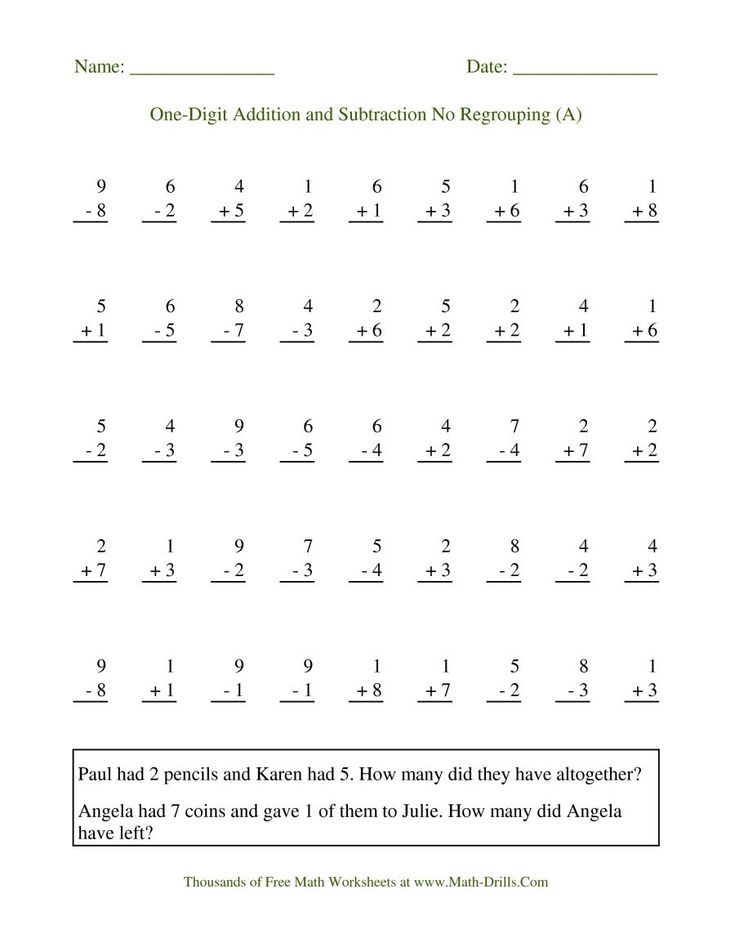
- Introduce your child to the concept of "composition of a number" - also with the help of improvised items: counting sticks, toys, fruits. Put 10 identical items in one row, place an item different from these ten items on top, for example, a counting stick of a different color. Explain to the child that the number is eleven. By adding sticks on top, show how 12, 13, 14, and the rest of the numbers up to 20 are made.
- Give the child the task of collecting a certain number of identical objects (16, 17, 18, etc.) such as small toys, and together count the number of objects out loud.
- Fix the material with a number line from 0 to 20 - so the child will learn to count to 20 much faster. You can draw a number line yourself or use a ruler 20 centimeters long. By exercising with a ruler, the baby will gradually remember how to write numbers correctly and their correct sequence.
How to teach counting to 100
Prostock-studio/Shutterstock.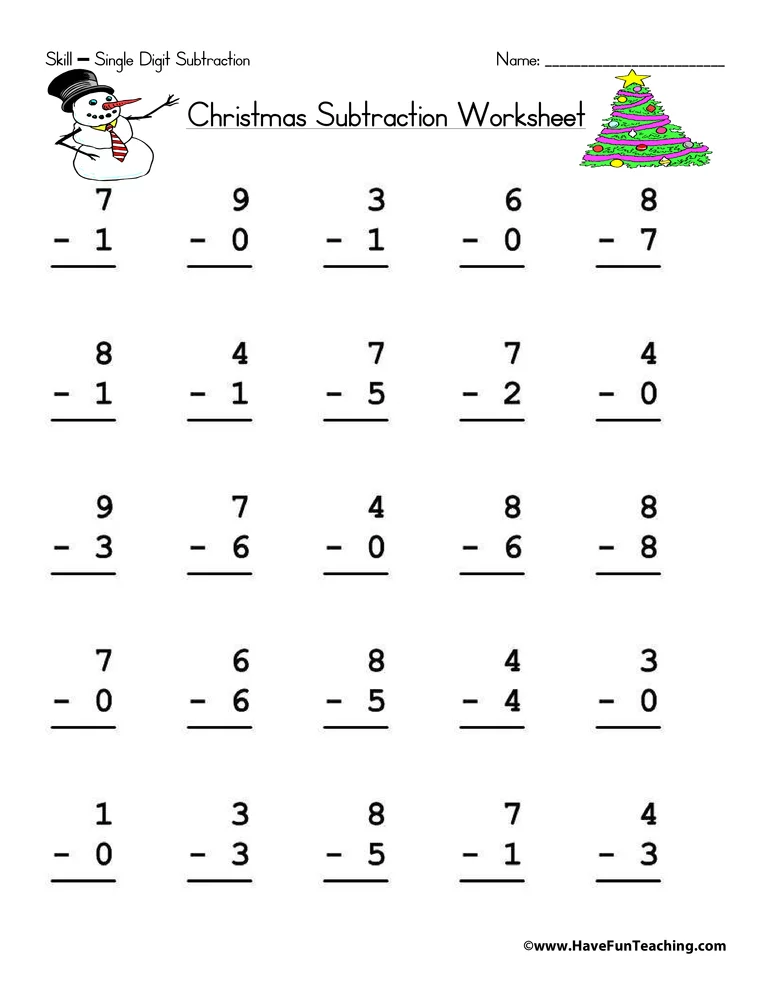 com
com
When your child can count to 20 without slipping, it's time for parents to help their son or daughter master counting to 100. Try teaching your toddler to count to 100 in this way:
- Tell the child that numbers over ten used to be called “two ten”, “three ten”, “four ten”, and so on. Later, the word "ten" was shortened to "twenty" and the familiar "twenty", "thirty", "fifty" appeared. The exceptions to remember are "forty" (meaning "a lot") and "ninety" (meaning "nine to a hundred").
- Practice remembering tens in the correct sequence from 10 to 100: 10, 20, 30, 40, 50…
- Remembering the correct sequence of tens, move on to units. Explain to the child that the numbers from 20 to 100 are not in a row - there are always units between them: 21, 22, 23, etc. Children who are good at counting up to 10 and up to 20 quickly understand and remember the sequence of counting up to one hundred.
- Ask your child to learn the numbers gradually, one ten a day: from 10 to 20, from 20 to 30, and so on up to 100.
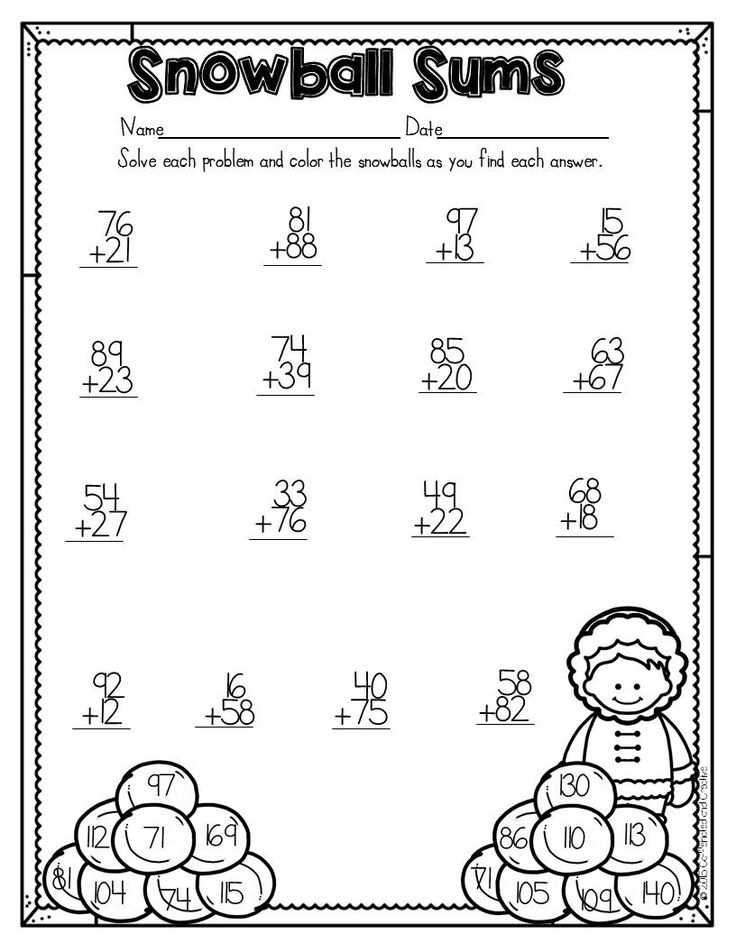
- Practice activities in play forms. Connect children's love to look for inconsistencies and mistakes: intentionally skip a number in a row up to 100, and ask your child to find the "missing" number - such logic games help to quickly memorize the score up to 100.
Having mastered the numbers, proceed to the gradual study of the multiplication table. We have collected in one place and talked about the most effective ways to help your child easily cope with this task!
Addition and subtraction: effective ways to learn
Prostock-studio/Shutterstock.com
By the time they start school, most children already know how to operate with basic mathematical operations - addition and subtraction. The modern program for the first grades is built in such a way that children are given tasks for addition and subtraction almost immediately - and it is better to learn how to add and subtract in time at preschool age.
How to teach your child addition and subtraction: first steps
Start familiarizing yourself with basic math operations by using visual objects - cubes, counting sticks or other things that are convenient for the child:
- disassemble the number 2: show the child that if you add one object and another object, you get 2;
- in the same way, disassemble the rest of the numbers within 10 by composition;
- make sure that the child understands the principle of parsing and puts things together without mistakes;
- Having mastered addition, proceed to subtraction using the same visual objects.
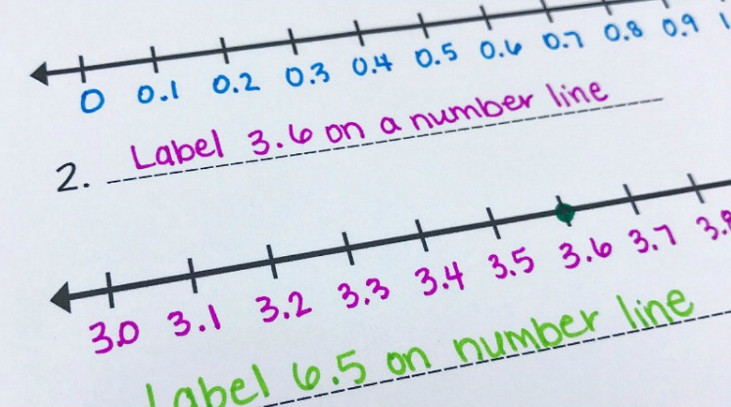
Finger Addition and Subtraction
When your child learns to add and subtract objects, move on to finger addition and subtraction—or skip this step if your son or daughter is skillfully and confidently adding and subtracting everything around them. In any case, make sure that the baby gradually weaned from counting on the fingers - teachers notice that the habit of counting on the fingers prevents children from learning to count mentally.
How to teach a child to count on fingers:
- Start with five fingers on one hand and think of puzzles that are interesting for your baby. For example, an addition task: “You have 2 cars, so straighten two fingers. My brother has 3 cars, straighten three more fingers. You have 5 cars in total.
- Offer to solve subtraction problems. For example: “Mom has 4 sweets, straighten four fingers. Mom gave you one candy, bend one finger. Mom has 3 sweets left.
- When the child begins to add and subtract without errors within five, proceed to similar activities with the connection of all ten fingers.
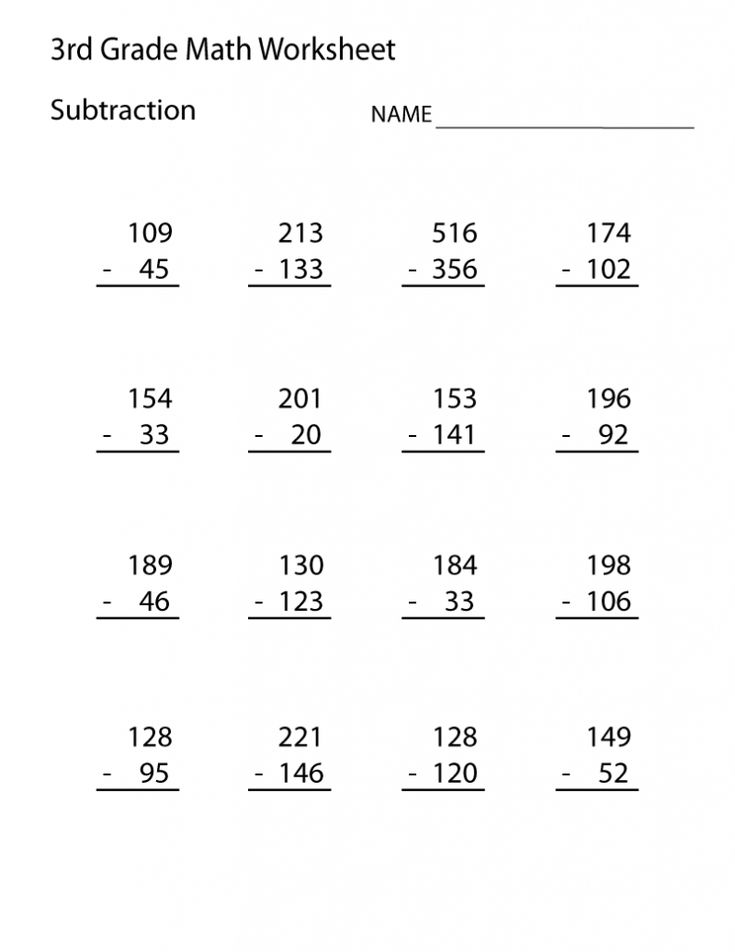
How to teach your child to count mentally
Prostock-studio/Shutterstock.com
Learning to add and subtract mentally is one of the most useful skills for a preschooler and will greatly facilitate the study of mathematics in school. Before teaching a child to count mentally, make sure that he knows how to add and subtract objects, and that he can count at least within twenty.
How to teach your child to count mentally:
- Create a clear connection between the number and the visual image in your child: connect games with mathematical dominoes and cubes. You can use a mathematical set according to the Zaitsev method: a set of cards that connects a number and a geometric figure. Children perceive classes according to Zaitsev's method well - gradually you can learn addition and subtraction even within a thousand.
- Teach your child, if he does not yet know what is "more", "less", "equally" with the connection of illustrative examples.
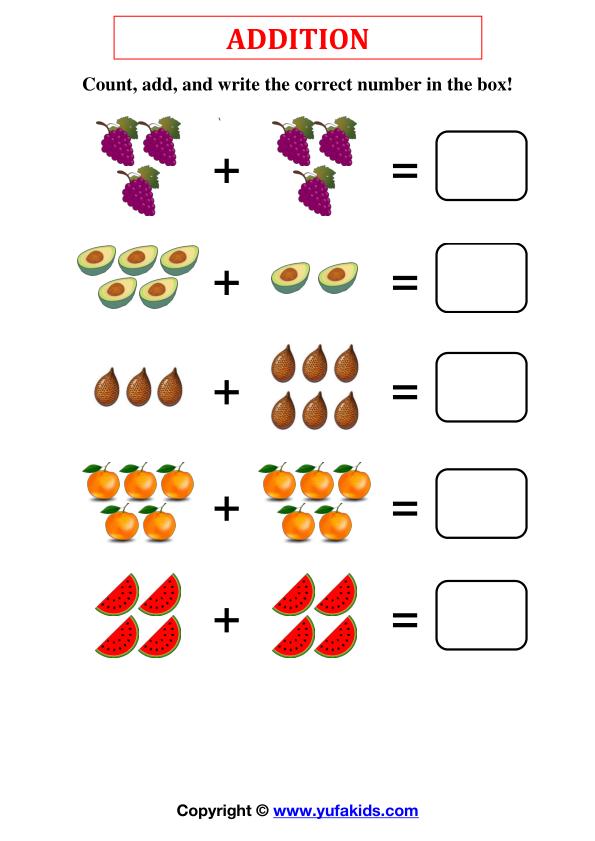
- Spend enough time parsing the number. To add 4 and 3, the child must know that these numbers "fit" into the number 7. The same principle works with subtraction: to subtract 5 from 8, you need to know that 5 and 3 "fit" into 8.
- Introduce the child to the rule "the sum does not change from a change in the places of the terms."
- Connect to learning any game aids that your baby will like: cubes, tables, counting sticks, cards, themed board games.
How to teach a child to count in a column
If a child can count up to a hundred and understands well what units and tens are, then usually there are no difficulties with counting in a column.
How to teach a child to count in a column:
- Explain that numbers are added and subtracted in a column by digits: units - separately, tens - separately.
- Show the sequence of actions if, when adding units, a number is obtained greater than or equal to 10: you need to write down only the second digit, and remember the first.
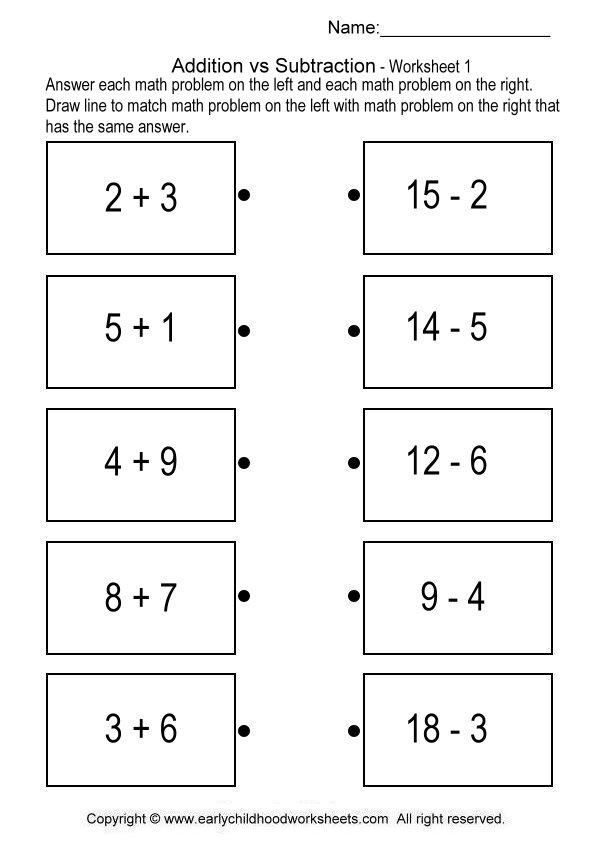 For convenience, the first resulting figure can be written above the tens place. Parents probably remember from school times the expression: “We write two - one in the mind” (or other numbers from 0 to 9). Example: 17 + 15 = 7 + 5 = 12 (two is written, one goes to tens) = 1 + 1 + 1 = 3 (total sum of the tens digit) = 32 (the first digit is the sum of the tens digit, the second digit is the sum of the ones digit ).
For convenience, the first resulting figure can be written above the tens place. Parents probably remember from school times the expression: “We write two - one in the mind” (or other numbers from 0 to 9). Example: 17 + 15 = 7 + 5 = 12 (two is written, one goes to tens) = 1 + 1 + 1 = 3 (total sum of the tens digit) = 32 (the first digit is the sum of the tens digit, the second digit is the sum of the ones digit ). Prostock-studio/Shutterstock.com
- Teach your child to subtract in a column. The principle of operation is almost the same as during addition, only if the upper digit in units turned out to be less than the lower one, then the missing unit must be “borrowed” from tens. For example: 31-13 \u003d 11-3 \u003d 8 ("took" the number 1 from tens) \u003d 2-1 \u003d 1 (the number 3 in tens decreased by the "busy" unit) \u003d 18.
Prostock-studio/Shutterstock.com
Methods for teaching counting created by famous teachers
Try to connect one or several effective pedagogical methods to the study of counting:
Peterson
The Peterson method teaches children mathematics exclusively in a playful way: with the help of cubes, drawing, logic games.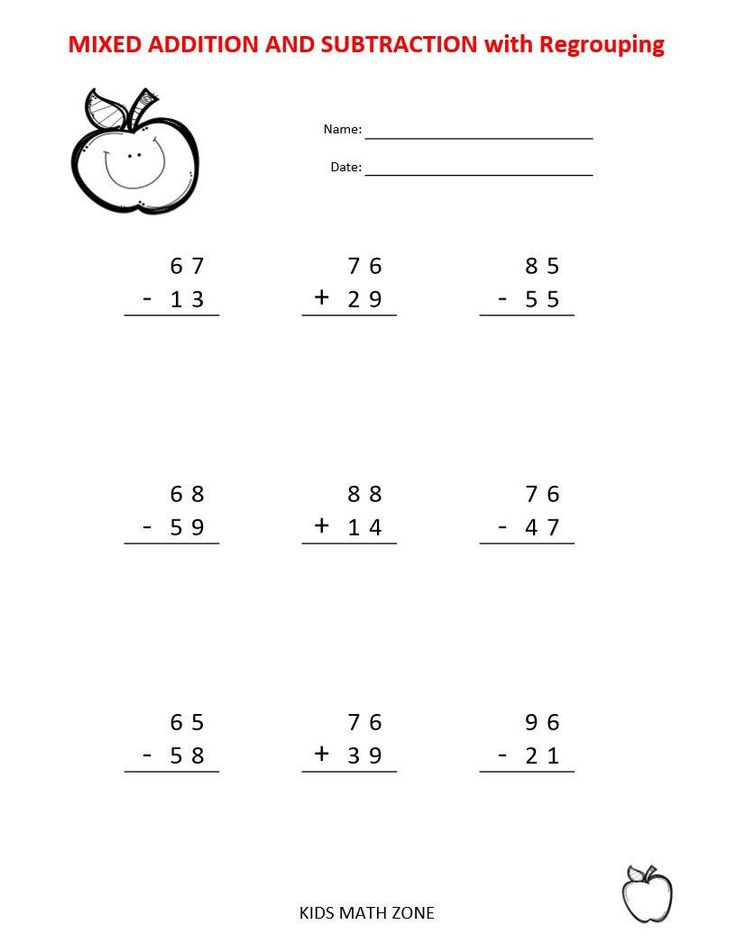
Glen Doman
Prostock-studio/Shutterstock.com
Glen Doman's method is based entirely on visualization: children see the numbers on the cards and the number of points corresponding to the numbers, gradually mastering the count:
- Prepare cards from cardboard: on one side write a number, on the other side draw the number of dots corresponding to this number.
- Show the child a card with one dot and clearly state the number "One".
- Move on to other cards in the same way. Do not linger - one card should take as much time as it takes to pronounce a certain number.
In the first few sessions, the child can act as an observer. Don't ask him to repeat. After showing all the cards (10, 20 numbers depending on age), be sure to praise the baby, tell him how you love him and how you like to teach him. You can treat the future mathematician with something tasty, since physical encouragement is an integral part of Glenn Doman's methodology.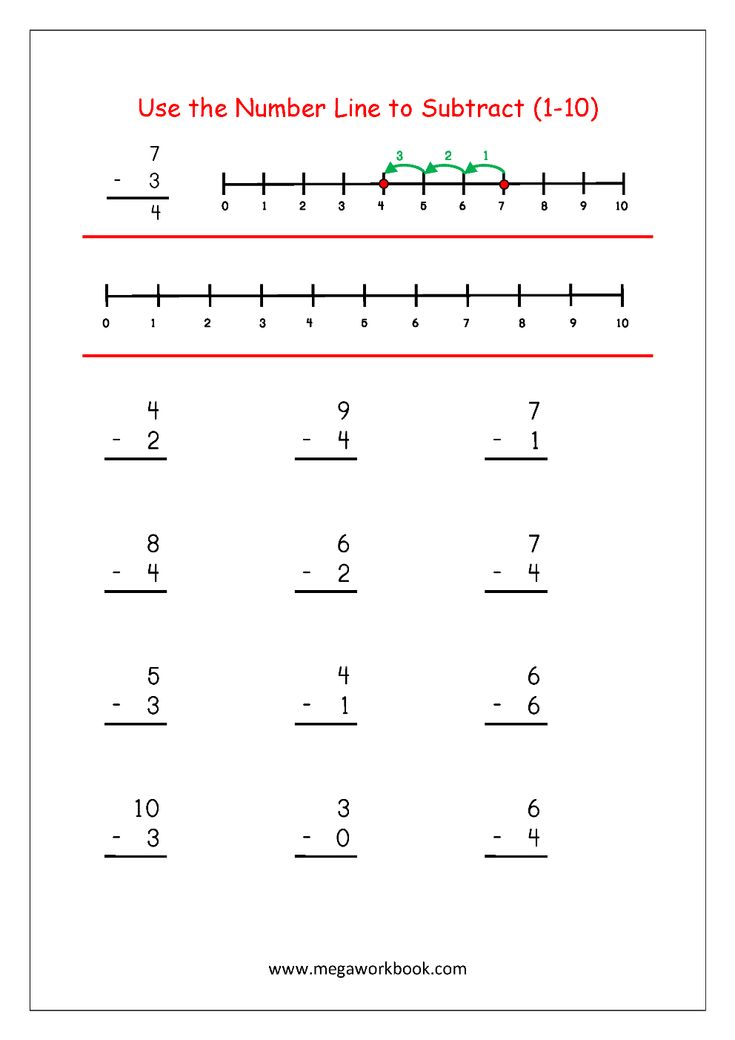
From 3-4 lessons you can start shuffling the cards, that is, showing them not in a clear digital order. Remember the main thing: show quickly, praise generously.
Mental arithmetic
Children learn to count with the help of knuckles, and later immediately begin to count in their mind without using the count or any other tools.
Read also: What you need to know about the psychological readiness of the child to learn?
Easy learning to count: tips for parents
Prostock-studio/Shutterstock.com
Rules for teaching preschoolers mathematics that have already proven their effectiveness in practice:
- study 20-30 minutes a day, dividing classes into 2-3 times;
- do not focus on repetition if this is not required to solve new problems: repetition for the sake of repetition in mathematics only slows down the result;
- move on to new material when the child has properly mastered the previous one;
- use the acquired knowledge in everyday life: count the steps, paws of cats, money in the store;
- trust the child to complete tasks on his own - so the baby's self-confidence will only increase.
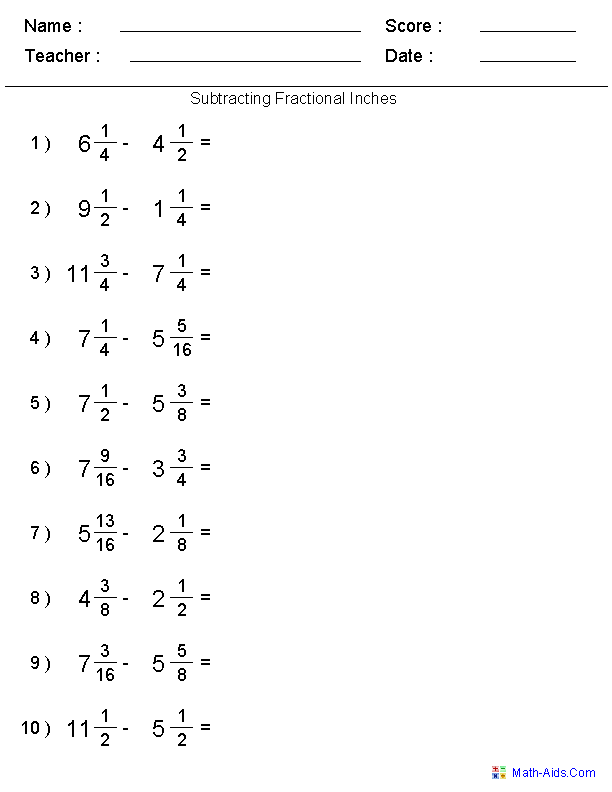
Be patient. Even if it’s hard and it seems that you have already explained it a hundred times, but the child still didn’t understand anything. Gradually, even such a difficult task as learning to count will fit in the child's head and, perhaps, your baby will become a future excellent student in mathematics!
September 1, 2020:
- Will the children go to school in September and what will happen to the ruler? Answers to the main questions of parents
- Preparation for September 1: checklist for parents. What should be done?
- What to give a child on September 1?
Getting ready for school:
- How to get your child ready for school and not become bankrupt?
- The best smartphones for students for every wallet
- Backpack, knapsack or briefcase for a student: what to choose and how?
For parents of first graders and preschoolers:
- Getting into school: a complete guide for parents of first graders
- First Grader Complete Set: What's on the shopping list
- How to help your child adjust to school
Please rate the article
This is very important to us
Article rating: 5 / 5. Votes count: 1
Votes count: 1
There are no ratings yet. Rate first!
Receive a school preparation checklist to your mail
Letter sent!
Check e-mail
How to teach a child to count - examples Grade 1
Counting is one of the basic skills that a preschooler should have. It is not difficult to teach a child to count, you just need to know how to properly organize the learning process. Children first develop visual-effective, and then visual-figurative thinking, so any mathematical operations must be demonstrated with practical examples. Let's see how easy it is to teach a child to count.
When to start teaching counting?
The optimal age for learning to count is between 3 and 5 years of age. At three years old, the thinking of the crumbs is already sufficiently developed to master this skill. Some babies are taught to count at an even earlier age by their parents.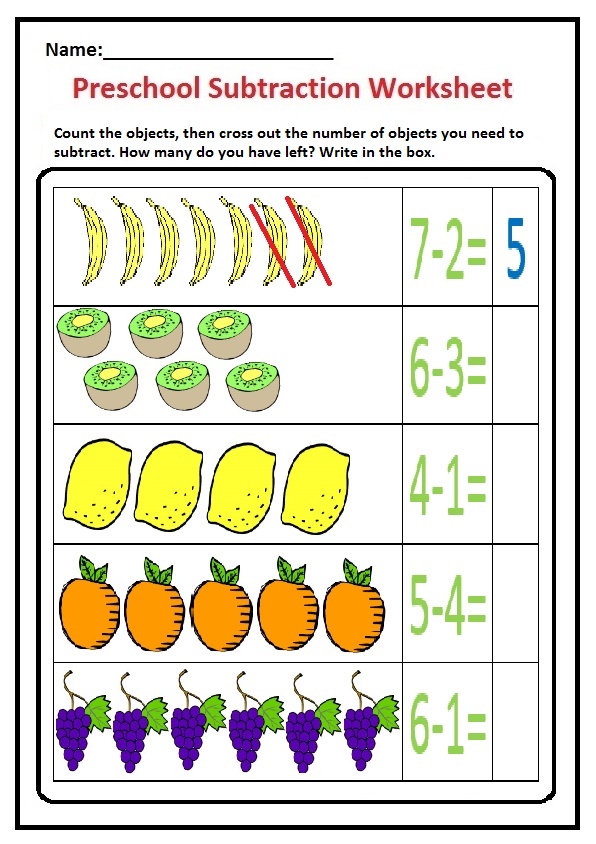
Children who go to kindergarten learn numbers and the basics of counting there. But if your kid does not attend kindergarten, you can take care of his education yourself. Counting is one of the basic skills that is desirable to master before the child goes to school. Of course, no one will require a first-grader to solve complex mathematical problems. But the ability to add and subtract will greatly facilitate the student's learning process.
The first step in learning to count is getting to know numbers. Already at 1.5–2 years old, you can show the crumbs the numbers and tell what they are called. At this age, the baby is still unable to count objects, even knowing the numbers, but he already understands the difference between "one" and "many". To solve this problem, CUVYRKOM has an excellent set of magnetic numbers and signs.
From the age of three, a baby can learn to count from 1 to 10 using specific tangible objects - sweets, apples, windows in a house or stairs.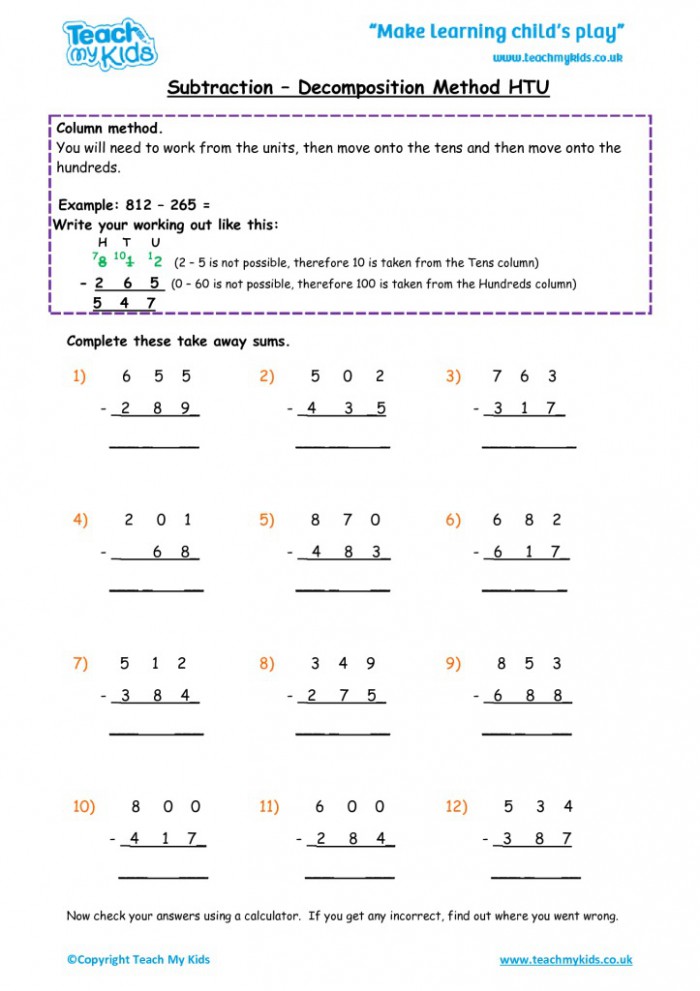 From 4–5 years old, the baby is already able to use not objects for counting, but numbers and count up to 20. And by the age of six, he can easily master counting up to 100 (and this is not the limit), as well as learn addition and subtraction.
From 4–5 years old, the baby is already able to use not objects for counting, but numbers and count up to 20. And by the age of six, he can easily master counting up to 100 (and this is not the limit), as well as learn addition and subtraction.
Do not forget that everything is individual here. Some children learn mental counting almost from the cradle, while others can’t really add 2 + 2 until the school itself. And if your baby still can’t count, don’t be discouraged. Perhaps it is still small and you just need to wait a bit.
Methods for teaching counting
There are quite a few ways to teach a child to count correctly. Let's consider the most common.
- Finger counting. This is the easiest and most affordable method for which no manuals are needed. Fingers are always with the baby, so you can practice anytime and anywhere, for example, during a trip or standing in line to pass the time. You can learn to count up to ten on your fingers. But it’s difficult for a baby to remember ten numbers at once, so start with one hand.
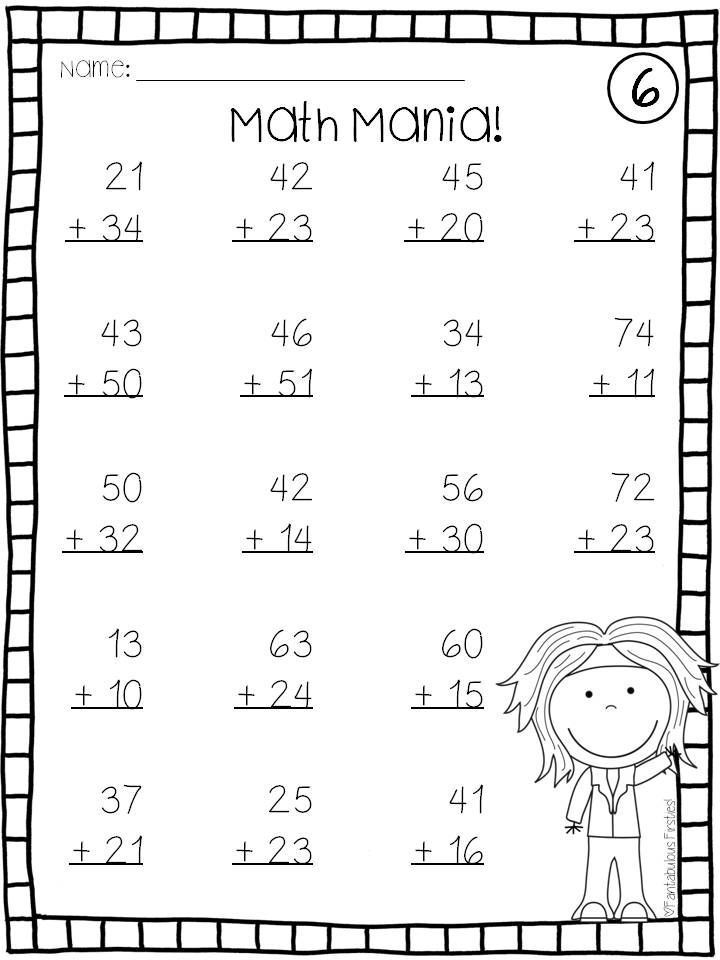 How to teach a child to count to 5, you can connect the second hand.
How to teach a child to count to 5, you can connect the second hand. - Counting sticks. This is a popular teaching tool used in kindergarten, school, preschool preschool. These sticks are usually sold in office supply stores and school supply stores. If you don't have chopsticks, you can replace them with matches or toothpicks.
- Counting cards. Cards are an analogue of sticks. You can buy a set of cards or make your own out of cardboard.
- Montessori method. It is very easy to teach a child to count using the Montessori method. It's like playing shop. You will need coins of different denominations and various items that the child will "buy".
- Doman technique. It is a set of cards with red dots. Each card has a certain number of dots - one, two, three, etc.
- Zaitsev method. The main feature of the method is to immediately show the crumbs the numbers from 0 to 100. This is necessary so that he understands how many tens and ones are included in each number.
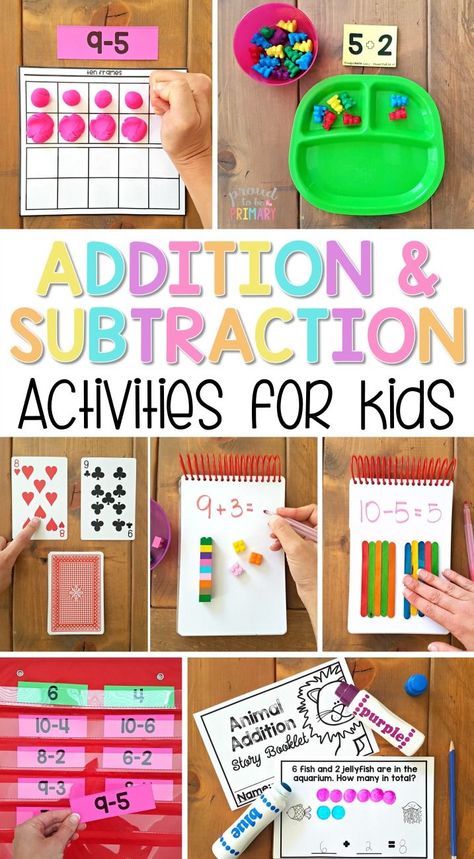 To teach this technique, a set of special cards with numbers is used.
To teach this technique, a set of special cards with numbers is used. - Polyakov's method. This way to teach a child to count involves the use of cubes, a special box with cells for cubes and a set of cards with numbers.
You can choose any method you like or try everything and choose the one that suits your son or daughter the most. If you don’t want to buy teaching aids and master the intricacies of different methods, you can teach a child of 4-5 years old to count on fingers and improvised objects. And it’s also convenient to learn to count through the game. This can help you tabletops from CUVYRKOM.
How to teach your child to count to 10
The easiest way to learn to count to 10 is to use your fingers. You can count on your fingers without even knowing how the numbers are written. The main thing is to remember their name and order. As a rule, babies do not have these problems, and they quickly learn to count on their fingers. Then you can teach your child to count from 10 to 1 (back counting).
To make the baby learn faster and easier, do the following:
- Focus on numbers as often as possible. Tell the baby: “Now you are three years old, and next year you will be four”, “I bought five apples and three oranges”, “It's time to go to bed, it's already nine o'clock”, “In two days grandmother will come to visit us”. The child will learn that numbers and numbers are everywhere present in everyday life.
- Show pictures showing objects, people, animals within ten.
- Constantly train. Encourage your child to count anything - cars, trees, toys, people. You can do this on the way to the kindergarten, on a walk, at home.
Buy number cubes or a set of magnetic numbers. The kid will be happy to play with them, at the same time remembering how each number visually looks. When he can confidently count to ten, move on to the second ten.
How to teach a child to count to 20
To teach your son or daughter to count to twenty, you can use two pairs of hands - the child and yours.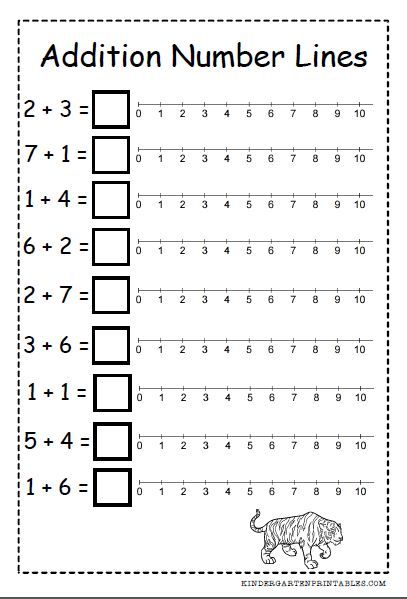 Sticks, cards and any other counting tools are also suitable for this purpose. Explain to the baby the concept of "composition of a number." Show how two-digit numbers are formed by adding one single-digit number to another.
Sticks, cards and any other counting tools are also suitable for this purpose. Explain to the baby the concept of "composition of a number." Show how two-digit numbers are formed by adding one single-digit number to another.
Take 10 counting sticks or any other items and place them in a row. Then add a stick of a different color to make the number 11. In the same way, demonstrate how the numbers 12, 13, and so on up to 20 are made.
Explain that the word "twenty" is an old word that means "ten." “One twenty” - it turns out 11, “two twenty” - 12, etc. That is, by adding a number to ten, we get a new number, and so on until we get “twenty” - two tens.
Take twenty sticks or other counting items and practice with them. When the baby learns to count well up to 20, you can move on to counting up to 30, 40, etc. If he understands how two-digit numbers are formed, there will be no difficulties with further learning.
How to teach a child to count to 100
If the child already knows how to confidently count to twenty, you can move on to counting to one hundred.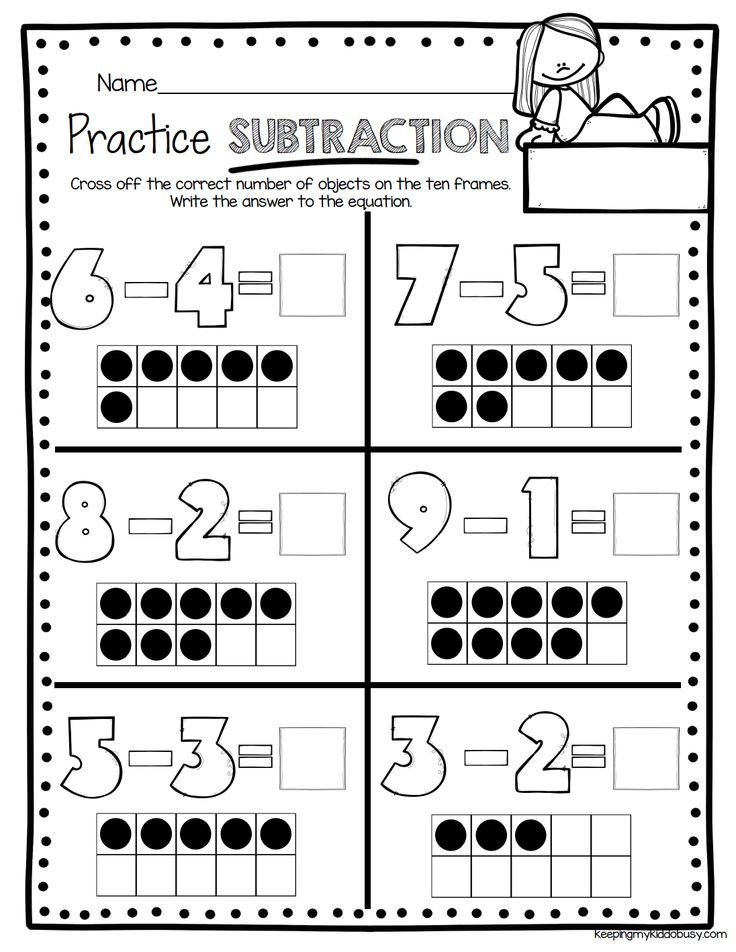 First, practice remembering the correct sequence of tens of numbers: 10, 20, 30, 40 ... When the son or daughter remembers the sequence of tens, move on to adding ones, as described in the example with counting up to 20.
First, practice remembering the correct sequence of tens of numbers: 10, 20, 30, 40 ... When the son or daughter remembers the sequence of tens, move on to adding ones, as described in the example with counting up to 20.
Do not try to learn all the dozens of numbers at once, so as not to overload the baby. Learn one ten a day. Before you take on the next ten, be sure to repeat the previous one. Take your time. Go to each new ten numbers only when the child firmly remembers the previous one. Otherwise, he will get confused and lose interest in learning. Consistency and patience are the main rules of training.
Also, CUVYRKOM has kits for learning to read
Teaching addition and subtraction
When preparing for school, it is useful not only to teach a child to count quickly, but also to solve elementary examples of addition and subtraction. The easiest way to get started with basic arithmetic is with sticks, dice, or other counting items. Fingers will work too.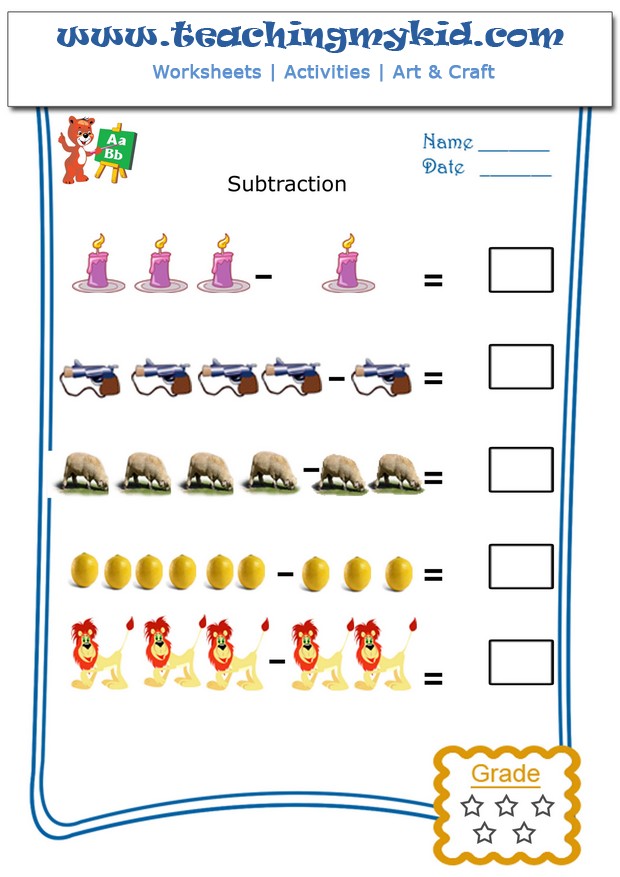
Start teaching addition to your son or daughter with the simplest example: 1+1=2. Take one item and add another to it. Show the result. Now add two to the first item, then three. Let the baby practice on his own by adding different numbers.
Be sure to tell him that the amount does not change from changing the places of the terms. Let him verify this by adding 3+5 and 5+3, 2+4 and 4+2. After the kid has successfully mastered addition, proceed to subtraction.
And in this article you can read about learning to multiply.
Explain to him that addition and subtraction are related operations. Show this relationship with an illustrative example. Take three sticks, add one to it - you get four. Now remove one stick and show that there are three left, as it was at the beginning. When the kid learns this principle, he will easily be able to solve examples for subtraction.
To make the rules easier to remember, translate them into simple, easy-to-understand examples.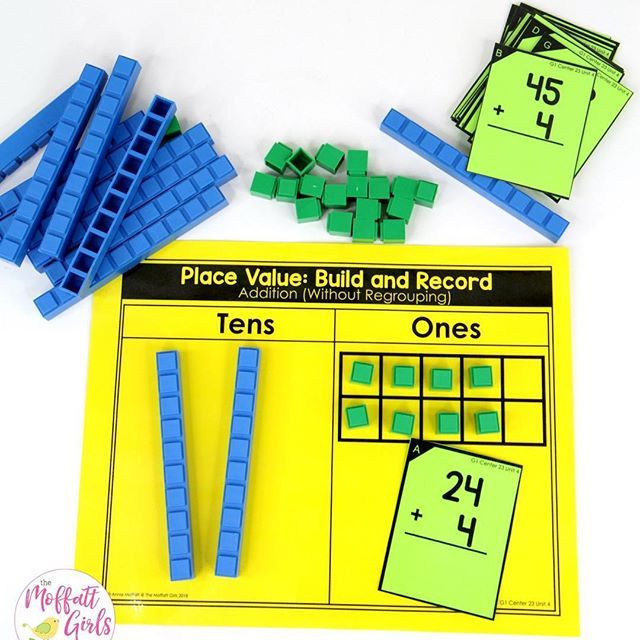 For example: “You have three sweets. You will share one with your mother. How much will you have left? or “Mom gave you two apples, and dad added three more. How many apples have you got? For greater clarity, you can take these sweets, apples, invite dad and reproduce the conditions of the problem in reality. Such activities will arouse much more interest in the crumbs than the boring memorization of abstract numbers.
For example: “You have three sweets. You will share one with your mother. How much will you have left? or “Mom gave you two apples, and dad added three more. How many apples have you got? For greater clarity, you can take these sweets, apples, invite dad and reproduce the conditions of the problem in reality. Such activities will arouse much more interest in the crumbs than the boring memorization of abstract numbers.
Games and fun ways to help your little one learn to count
The easiest way to teach a child to count is through play. The following helper methods will help you with this.
Counting songs
Children perfectly perceive information by ear and easily memorize songs and rhymes. There are a lot of funny counting rhymes on YouTube that help just teach a child to count. You can turn them on to your little one, memorize with him, and then sing along throughout the day. With the help of these funny songs, you can learn not only numbers, but also the elementary rules of addition and subtraction.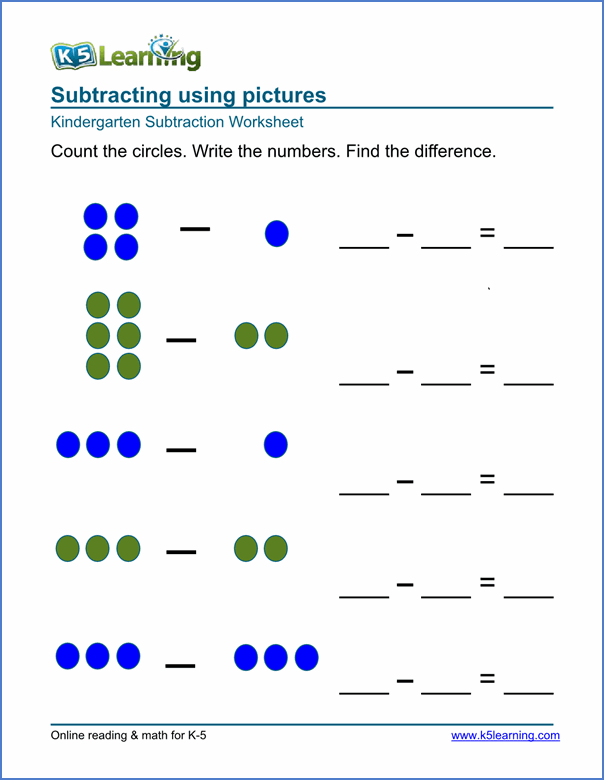
Sorting items
Buy your son or daughter a sorter box with slots in the form of shapes of different shapes and a set of matching inserts. The task of the kid is to pick up his figure for each hole and insert it there. This educational toy is very useful for children 2-4 years old. With its help, they learn to distinguish shapes in shape and color. The sorting process develops logic and teaches the basics of geometry. Another popular game is also suitable - Segen boards.
You can use not only the sorter for this purpose, but also the items at hand. Invite the baby to sort buttons by color or size, spoons and forks, etc.
Lego
Games with the constructor perfectly train the mind and logical thinking. Since the details of the designer have different lengths and shapes, when assembling them, the kid has to think about what to attach to what. While the child is small, buy him a universal designer, consisting of simple rectangular and square blocks.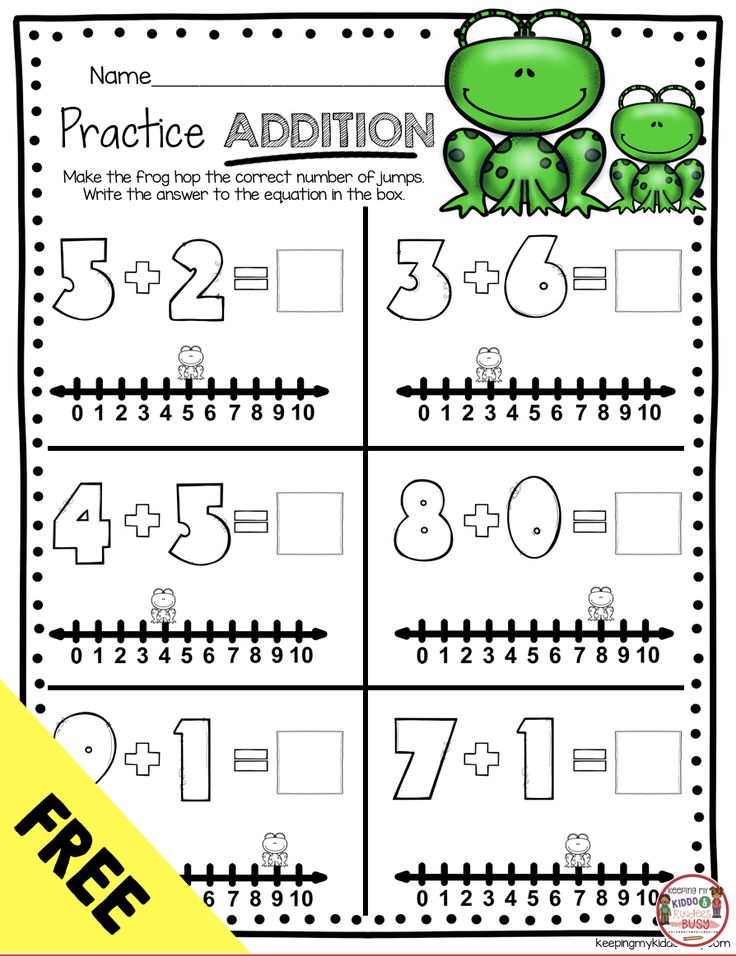 As you grow older, you can buy themed sets in which you need to collect a certain figure (car, ship, tractor or robot).
As you grow older, you can buy themed sets in which you need to collect a certain figure (car, ship, tractor or robot).
Memory Cards
This aid helps your child learn to count quickly and correctly. Buy a set of mnemonic cards that show numbers, and next to them - certain items in the appropriate amount. For example, 1 is one pear, 2 is two oranges. Such cards create a stable connection in the child's brain between the image of a number and its actual value.
It's good if the cards catch the eyes of the baby as often as possible. There are magnetic models that can be hung on a special board or refrigerator. There are also cards designed in the form of a large poster that is hung on the wall.
How do you know if a child has learned to count well?
Mathematical knowledge of a preschooler can be called solid if he:
- without hesitation lists numbers from 1 to 10 (20) and in reverse order;
- understands the "neighbors" of a given number: which of them is greater and which is less;
- can count the number of objects within five, just by glancing at them;
- can count not only on fingers and objects, but also in the mind.
